A Childhood Shaped By Midnight Snack Rituals
39 min read A nostalgic journey through late-night kitchen rituals that forged family bonds, shaped tastes, and inspired lifelong comfort-food traditions. October 07, 2025 18:07
The fridge light used to feel like a second moon. It cut a square of pale blue across the kitchen linoleum, softening the scuffs where chair legs had scraped their way through homework hours and dinner arguments. Past midnight, the house exhaled: radiator ticking slow breaths, the kettle’s metal cooling with a tiny ping, the whisper of a neighbor’s television through the wall. I learned to open the refrigerator quietly—two fingers on the magnetized seal, wrist turned so the rubber gasket wouldn’t slap—until the bulb bloomed, illuminating the crisper, the bowls wrapped in foggy plastic, the condiments shoulder to shoulder like a miniature skyline. This is where my palate began, in the hush after bedtime, when the mess of the day could be converted into something hot, salty, precise.
The Fridge Light That Raised Me
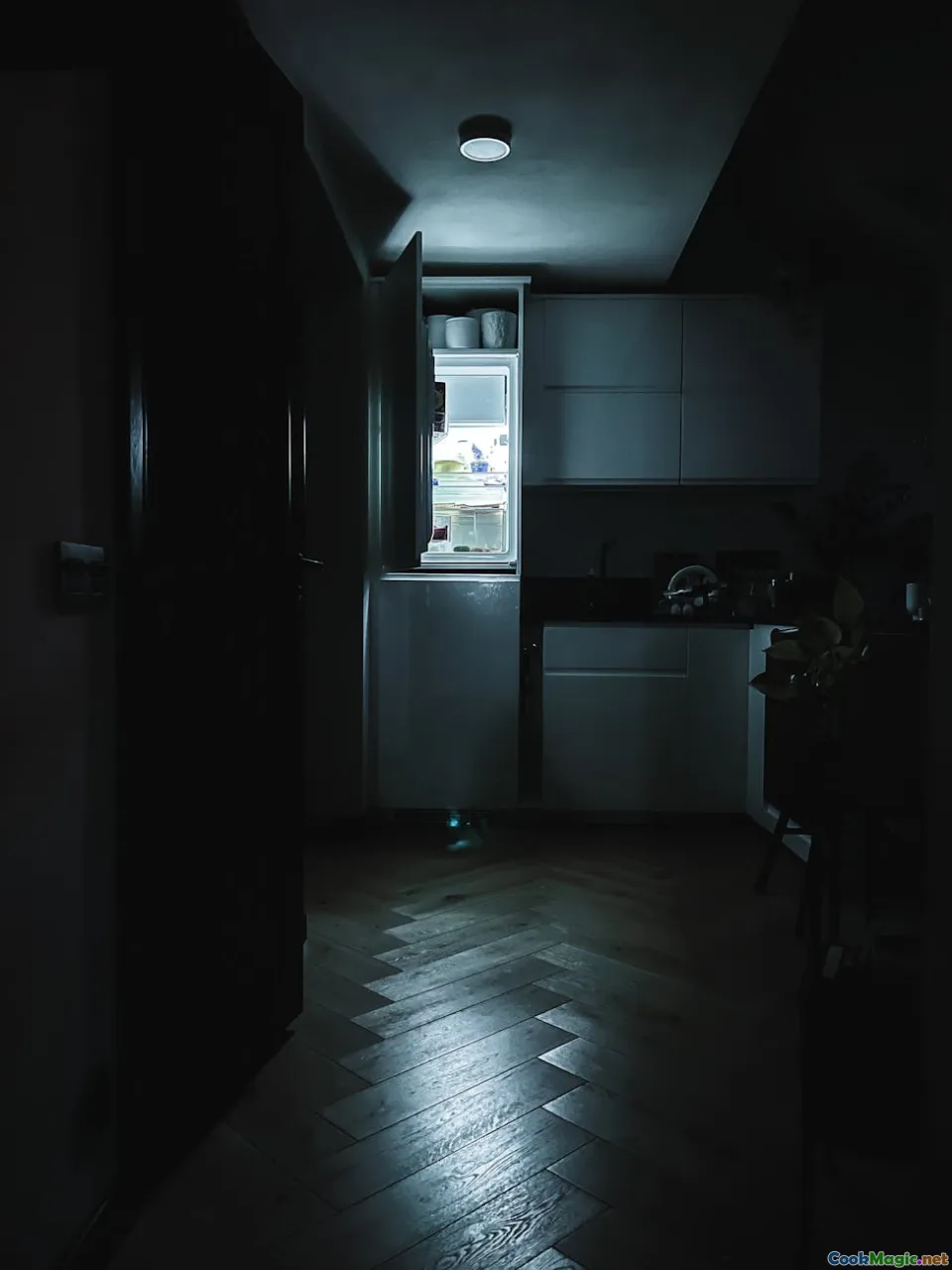
I come from a family of second shifts and early classes, which meant our kitchen ran on two time zones. Dinner happened dutifully at 6:30 p.m., a convening of schedules and elbows. But past midnight, the kitchen belonged to the stragglers and the restless. My father, home from the loading dock, loosened his boots while peeling back the lid of a sardine tin. My older sister, hair in a loose bun, pinched salt over a soft-boiled egg like a jeweler appraising a gem. I waited for the house to quiet itself, then padded in, cold tiles meeting warm feet, notebook of cravings open in my head.
The night kitchen was perfumed differently than the day. Daytime was roast chicken and dish soap and tomatoes. Midnight smelled like toasted starch—bread or rice, sometimes noodles—the nostalgic sweetness of butter blooming in a pan, the faint metallic whiff of canned fish, and the sharp, quick lift of citrus squeezed into a bowl. The clock didn’t just advance; it white-balanced everything. A leftover spoonful of stir-fried greens took on the glamour of confetti in oil and garlic; a blistered pepper from the bin became a spotlight act, charred skin slipping to reveal wet heat underneath. Even the sounds were tender. The zuzz of a gas flame rising. The hush of a kettle just before it clicks. The clack of a knife tapping onions, minimized to a whisper.
At that age, I believed certain dishes were born whole at midnight, like fairy-tale protagonists. I didn’t know yet that I was training—not just in taste, but in economy and restraint. That the constraints of the hour—no blender, don’t wake anyone, use what you have—would become a style.
A Household in Two Time Zones

Our apartment ran on staggered hunger. My mother left early for work, so she went to bed by ten, leaving a note on the counter: there’s soup on the back burner, heat low. My father’s second shift at the warehouse meant he came home just before midnight, hands slick with winter, the sugar smell of cardboard clinging to his jacket. I learned his rhythm: boots off, coat hung, sink turned on for the light hush of warm water on hands. Then he would open the pantry with reverence, as if it contained a companionable animal. Sardines in olive oil with lemon, maybe, crushed with a fork and strewn over hot rice, steam blurring his glasses. Or, on nights when a cousin brought mangoes from the Bronx, a late bowl of salted mango slivers eaten over the sink, the juice running wristward.
Midnight didn’t feel taboo; it felt adult. You knew how to stand at the counter without chair creak. You knew which cupboard door squealed and how to coax it into silence with a thumb at the hinge. You learned the curve of the skillet’s handle in the dark. I discovered that hunger at night is a different animal: less patient, more precise. It wants salt and something to gnaw—crunch, char, the pucker of vinegar. It wants a small plot resolved neatly.
These rituals bequeathed not just a roster of snacks, but a grammar. Break your leftovers down to small, satisfying sentences. Try heat before you try cheese. Add acid before you add more salt; midnight is generous with longing and stingy with brightness.
Plate by Plate: A Midnight Snack Canon
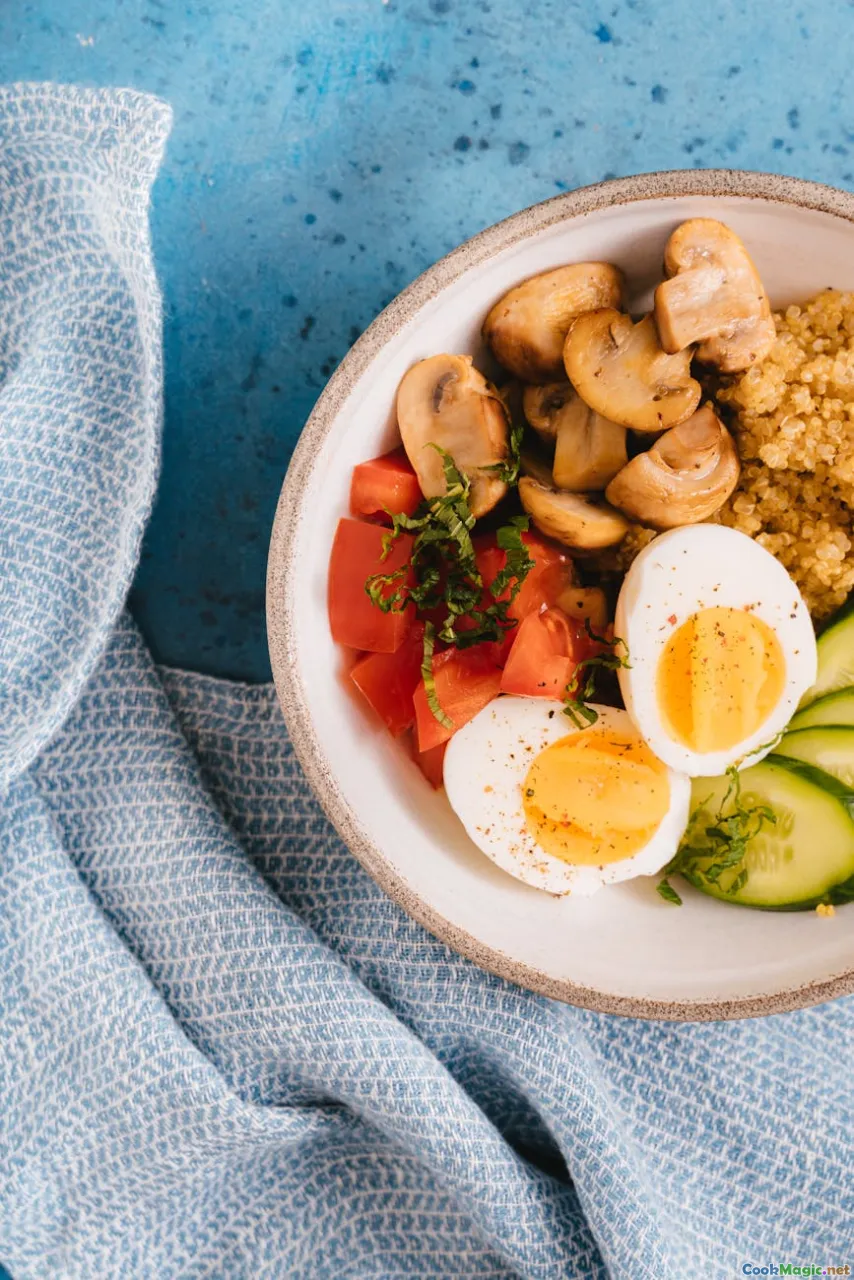
Every home has a roster. Ours evolved with paychecks and the weather, but some things remained.
- Sardines over hot rice, lemon and onion: My father’s hand-me-down. He would slice red onion paper-thin, soak it in cold water to take the bite down, then tumble it with sardines from a flat tin and a squeeze of lemon over fresh rice. The fish oils slicked the grains to pearl. The lemon made the whole bowl lift.
- Buttered crackers with hot sauce: Club crackers and a thin, shimmering veil of butter. A dot of Crystal or, later, a dappling of Lao Gan Ma chili crisp. The crackers softened at the edges, clung at the center, and shattered seductively against teeth.
- Leftover rice seared into a crust: Day-old rice pressed into a hot pan with a whisper of oil until the bottom turned lacy, then topped with a fried egg whose edges crisped like postcard lace. A drizzle of soy sauce and a finger-swipe of sesame oil. Scallions if we had them, snipped with kitchen scissors into the bowl.
- Milk toast with sugar and nutmeg: When the night wanted comfort rather than snap. Bread browned gently. Milk warmed with a broken cinnamon stick, spooned over the toast. A dusting of sugar, a shaving of nutmeg releasing old-wood perfume.
- Peanut butter and banana toast with chili: The banana sliced on the bias, fanned, pressed just enough that the oils release. A smudge of peanut butter, coarse salt, a scatter of chili flakes or chili crisp. Sweet, creamy, spiky—a snack that felt illicitly sophisticated.
- Mug miso with greens: A spoonful of miso and a ribbon of sesame paste whisked into hot water, with a handful of spinach leaves that wilted into emerald confetti. It smeared the memory of the day clean, left the tongue buzzing with umami, set me up for sleep.
And then seasonal guests: pan con tomate in August, when tomatoes were rubies worth wearing; congee when colds came knocking and you wanted ginger to unstick everything; toasted sesame bagels with butter and a drag of honey on February mornings that were still night, dark warmth folding generously.
We had brands we swore by and amused family allegiances. Hellmann’s versus Duke’s. Kewpie—an overachiever—angle-placed on the top shelf for emergency mayo squiggles on a late bowl of instant noodles. A bottle of rice vinegar, an unlabeled jar of my aunt’s pickled chilies with a date scrawled in Sharpie. These were not extras; they were the punctuation that made midnight sentences sing.
Technique in the Quiet Hours: How To Build a Better Midnight Snack

Midnight teaches technique through mercy. You are tired. The kitchen wishes you well. The rules tighten up in the dark, but they simplify, too.
- Start with heat, not ingredients. A hot pan makes old rice new, turns bread heroic. Let the pan warm fully. If it is nonstick, keep the heat medium-high and dry at first. When a drop of water skates, you are ready.
- Think: SALT/FAT/ACID/CRUNCH. You need all four, in a little quartet. Salt in sardines or miso; fat from butter, olive oil, egg yolk; acid from vinegar, lemon, lime; crunch from toast, crisp rice, roasted nuts. Midnight is a minimalist composition. Too much of any one thing tips it into heavy.
- Use stealth aromatics. Garlic is persuasive but loud. Grate it fine into a dressing or smear a cut clove across the surface of toast. Ginger is smoke alight in rain; grate it into broth. Scallions are a night-friendly onion; they whisper the same truth.
- Respect sound. Do not slam. Place things down. Tap the knife. Butter melts faster, quieter, if you cut it into thinner pats.
- Wash as you go, but silently. Fill the sink with warm water before you start so bowls can slip in without that hollow clank. Let plates soak, then rinse in the morning.
A midnight egg, particularly, benefits from attention. Crack it into a small bowl first. Heat oil until a trembling shimmer appears, then slide the egg in, spooning hot fat over the white to encourage those lacy edges. Salt and pepper after the oil; the spitting will be less dramatic, your kitchen less spotted with evidence.
Quiet Textures: The Soundscape and Mouthfeel of Midnight
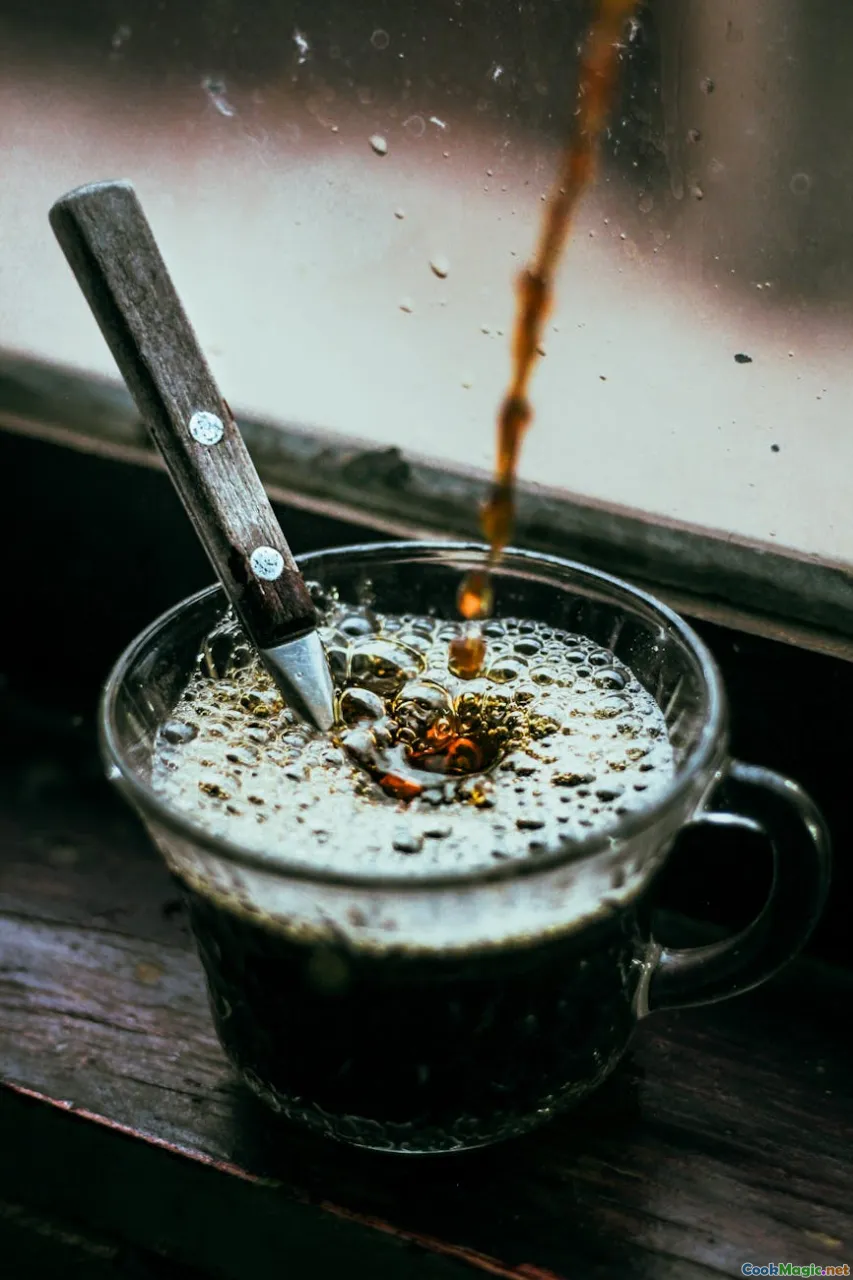
If you had blindfolded me back then, I could have told you the difference between bread toasted lightly—edges taut, middle tender—and bread toasted until it sang that brittle song when butter touched it, crack-melting as the butter soaked in. The kettle’s click was a promise. The whisper of rice poured into a bowl was a kind of rain. The can opener ratcheting around a sardine tin sounded like a toy on the next block.
Mouthfeel at midnight leans toward comfort punctuated by a shock. Creamy rice, then the snap of a pickled bean. Buttery cracker, then the sting of hot sauce. Hot milk, then cold sugar crystals melting between tongue and gum. There is a pacing to it. The last bite, if engineered carefully, should be the one that sends you to bed with satisfaction humming: the crust-corner of rice, the most browned bread, the hidden sliver of anchovy, the bonus scallion.
Texture also manages volume. Crunch announces itself. In a quiet house, you can choose smaller crunches—shattered crumbs rather than thick chips—so the experience is intimate, not broadcast. I learned to crush nuts in a towel with the butt of a wooden spoon: quieter than the mortar and pestle, less jarring than a rolling pin against counter.
Pantry Cartography: The Geography of Late-Night Kitchens
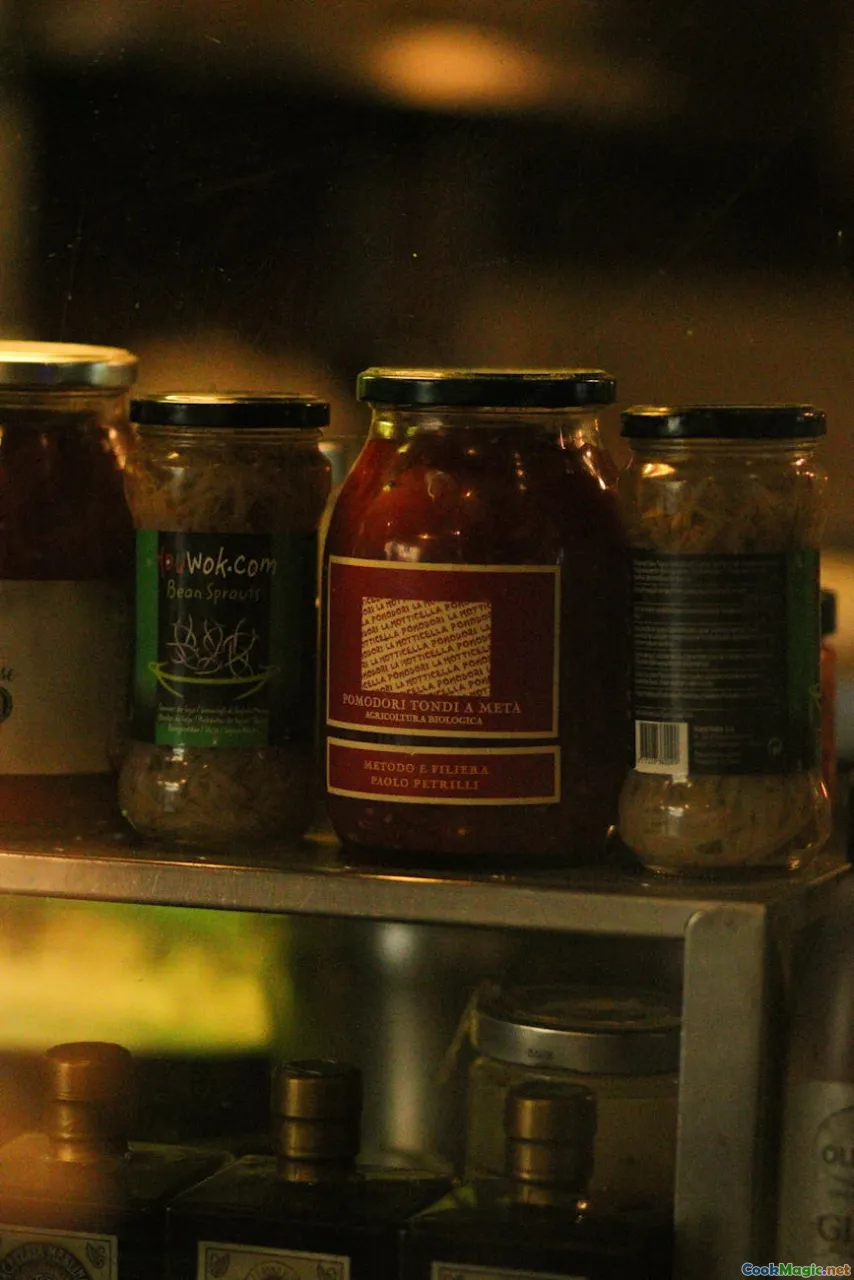
I can still draw our pantry layout blindfolded. Top shelf: dry noodles, rice, oats. Middle: tins—sardines, tuna, tomatoes, chickpeas. Bottom: snacks and starches, the bag of sugar, the skep of honey, crackers in a clip. The fridge door was the condiment parade: mustard (one brown, one yellow), rice vinegar, soy sauce, a suspiciously large bottle of ketchup that never seemed to empty, Kewpie with its baby mascot looking both innocent and complicit.
On the fridge’s top, there was a small box of tea—English breakfast for my mother’s morning, jasmine for my sister’s study fatigue, gunpowder for when we needed to feel ceremonial. The freezer held a treasure: sliced bread in several states of frost, a half bag of peas that could be shaken into soups, ice cubes that tasted faintly like the freezer no matter how we willed them to be neutral. There was always an emergency pint of plain vanilla, the real kind with specks in it, reserved for night, eaten with a spoon directly from the pint only if you warmed the spoon under the tap first so it carved clean.
Mapping your kitchen is a discipline as much as a mnemonic. At midnight, you don’t want to fumble. You want to reach for sesame oil without thinking; you want to know that the lemon sleeps in the crisper beside the cucumber, tucked into the grocery bag’s plastic sleeve. This knowledge is inherited and earned. You add to it over time—one night discovering that the soy sauce you prefer for cold dishes lives on the top shelf because it’s taller; another night realizing that garlic retreats to the back when you aren’t looking, like a cat.
Midnight Snacks Across Cultures: A Comparative Tasting
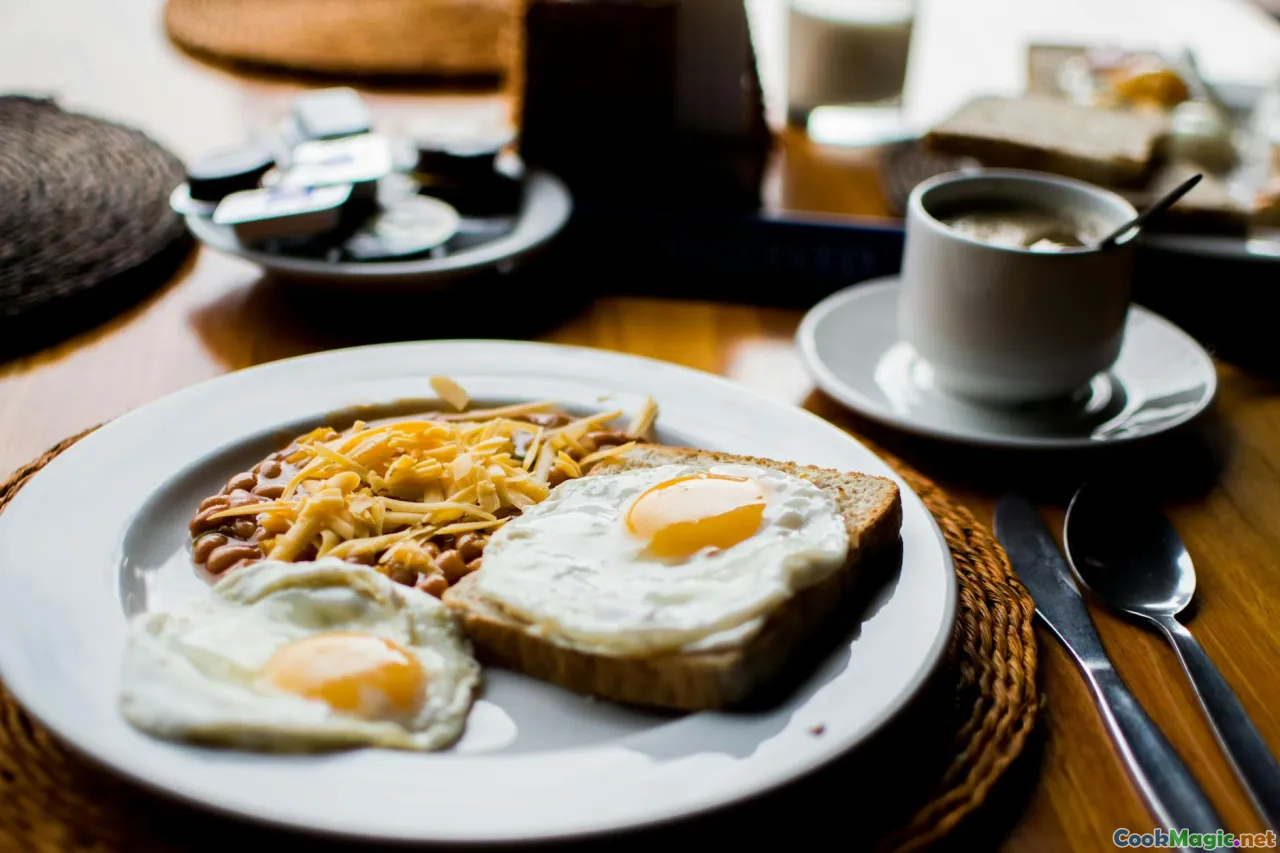
Even before I traveled, my midnight palate roamed. In New York, the bodega by the train sold Cuban bread long enough to be repurposed for medianoche sandwiches—soft, enriched, slightly sweet, pressed until the ham and roast pork and cheese melted into one. The sandwich was named for the hour, eaten after dance floors and before regret.
Instant noodles, too, were a cosmopolitan education. The Korean ramyeon that my friend’s older brother ate with a slice of American cheese draped over it like a curtain taught me about salt-on-salt finesse. The Japanese-style cup noodles at the corner shop carried dried corn sweet as candy, swirls of kamaboko like tiny red punctuation marks. From a neighbor, I learned about Prince of Wales cheese melted over toast with stout—Welsh rarebit—its mustardy bite an older person’s snack that I borrowed with glee. In college, British roommates introduced me to beans on toast with a dousing of HP sauce, hearty and oddly elegant in its simplicity.
A Mexican roommate, up late finishing architecture models, taught me to blister a jalapeño over a flame, then chop it into avocado with lime and salt—quick guacamole spooned straight from the bowl, thick with heat. Filipino friends fried day-old rice with garlic until it went golden and brittle—sinangag—topped with a runny egg, the ultimate canvas for vinegar and pepper. A Jamaican co-worker shared the genius of hard dough bread toasted within an inch of its life, then rubbed with garlic and lacquered with butter, paired with a slice of leftover jerk chicken; the contrast of sweet bread and smoky spice a lesson that kept giving.
And then there is congee, rice cooked down until it suspends itself like fog. In our house, congee was for sick days and heartbreak, a broth that unfolded with ginger, scallions, maybe a shred of chicken or the egg swirled in at the end, a ribbon of soy and a drizzle of sesame oil. In some cultures it’s breakfast; at midnight it softened the edges, made sleep seem not just possible but easy.
The world is rich with midnight foods because midnight reveals what we actually want: something humble and excellent, assembled with the care of a secret.
Family Characters: Hands, Voices, and Spices

My grandmother’s hands were the original recipe cards. She could roll a roti in the dark, feeling the heat of the tawa with the hairs on her wrist, flipping by sound. At midnight, when she visited, she made what she called sugar roti for us—thin breads blistered over flame, brushed with ghee and dusted with granulated sugar that melted and then crunched between molars. It felt like being loved without being woken too much.
My mother’s midnight was medicinal and tender. She made kanji, a rice gruel scented with ginger and a crank of white pepper, the stovetop ticking like a pocket watch. She would add a thin stream of milk if your throat was raw, the sugar optional—a softness negotiated between nurse and patient.
My father was sardines and onions and the occasional anachronistic craving for cheddar toasted on white bread until it bubbled over the edges and crisped into little caramelized flags. He ate with a folded paper towel instead of a napkin and stood by the counter as if sitting was for daytime civilians. He would offer a bite without looking at you, just a fork extended sideways—the original trust fall.
Our neighbor, Ms. Alvarez, taught me to mash ripe plantains with butter and salt, then fry them into little patties in a nonstick pan. She pressed them with the back of a spoon to make them craggy, their edges like lace dipped in molasses. She drank café con leche at midnight and once laughed so hard at a joke about plantains that she snorted milk, apologizing between giggles.
Food at night is biography told in seconds. Two minutes for eggs. Three minutes for toast. Five minutes for noodles. And lifelong for the story of it.
Rituals of Heat: Stove, Toaster Oven, Kettle

I love the ways different tools make midnight cooking polite.
- Stove: Gas flames are tricky; they shout when you want them to purr. The trick is to preheat low, then nudge high only when the pan is in place. A hard sear sounds like applause; you want a whisper. For a fried egg with lacy edges, heat oil until it’s a shimmering film—but not smoking. Tilt the pan to gather the oil, then baste the white. Flip only if you must. Slide, do not plop.
- Toaster oven: The midnight workhorse. Its coil heat is even, its door quieter. Reheating leftover pizza on the rack—never the tray—preserves crust crispness. A thin slice of cheese tucked under the broiler for thirty seconds becomes a golden lid. For milk toast, toast bread first, then let it sit a minute so the steam escapes; your milk will saturate without sogging.
- Kettle: For tea, obviously, but also for fast noodles, instant miso, and blanching greens. Pour water in slow circles to wake powder into broth. Dunk ramen noodles in, then finish in a skillet with a sauce to avoid that overcooked softness that makes midnight sulk.
The microwave was more controversial in our house. For some things—melting butter, softening a stone-cold roll—it was a savior. For others, it created a damp uniformity at odds with midnight’s desire for edges. We learned to reheat rice by tucking in a damp paper towel and leaving a corner open for steam to escape; to rewarm stew in short bursts, stirring between, smelling for the moment when the spices bloomed again instead of rumbling flatly.
The Ethics of Sneaking: Permission, Transgression, Care

Eating at midnight raises questions, even when no one is policing you. Are you stealing tomorrow’s lunch? Are you breaking the sanctity of leftovers owed to other mouths? In our house, there were rules written in air and eye contact. Anything on the top shelf in a labeled container was safe—claimed. Anything wrapped in foil and unlabeled was fair game after 11 p.m., with decency: take some, not all; rearrange the remainder so it looks as generous as it still is; leave a note if you took the last.
Midnight cooking also taught efficiency and respect for the pantry. Make something that uses what is abundant. If the bread is older than the bananas, toast bread. If the rice is plenty and the eggs are few, stretch one egg over a bowl of rice by chopping it fine and mixing it through, saffron-bright threads of yolk staining everything joyful.
There was an ethic of cleaning that felt like contrition and also pride. We wiped counters not just for sanitation but for secrecy. We aimed our dishwashing at erase. There is mercy in not waking others up with the rattle of your hunger. There is also a quiet thrill.
Recipe Cards from the Moonlit Counter
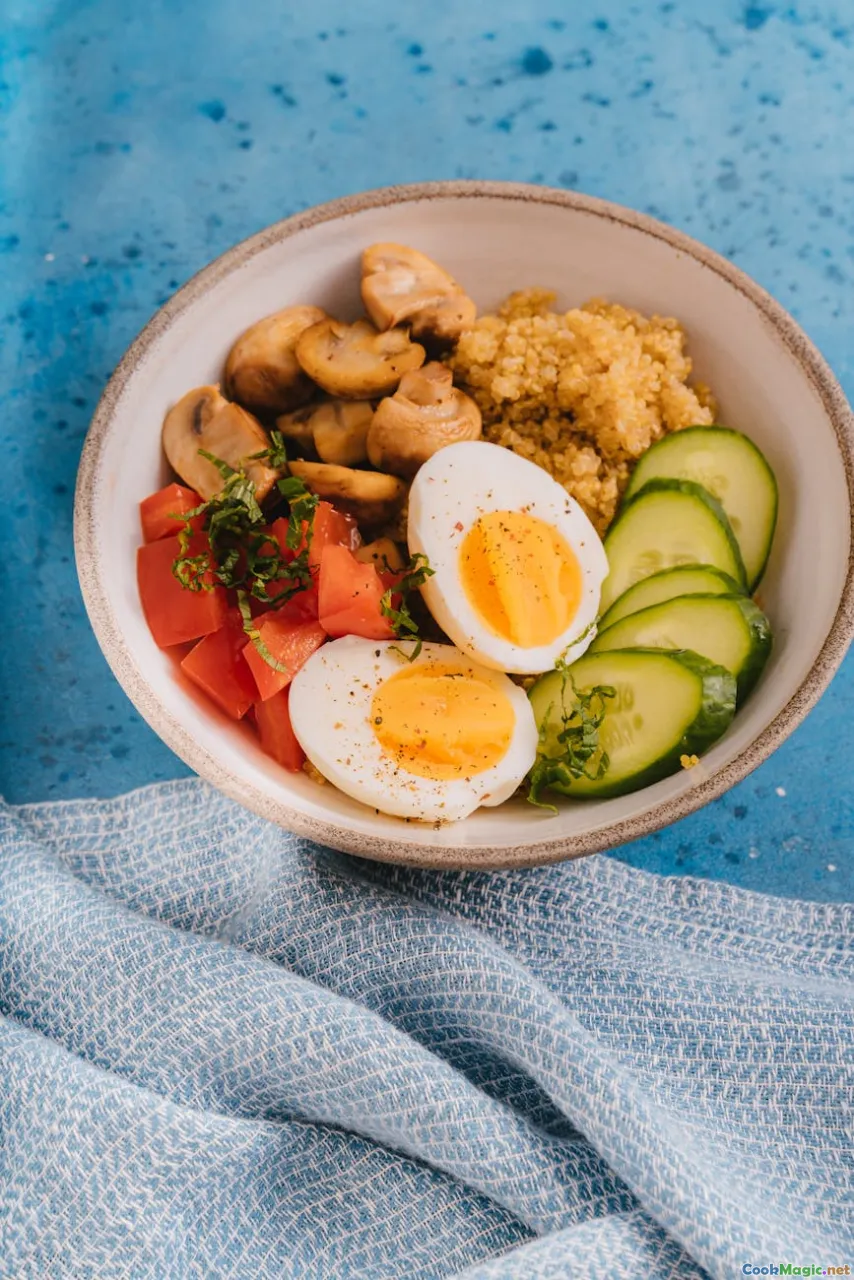
Here are some of the recipes that matured under the fridge light, precise enough for professionals, forgiving enough for the sleep-drunk.
Crisp-edge egg over chili rice
- Warm a skillet over medium heat. Add a teaspoon of neutral oil.
- Add one cup of day-old rice. Use a spatula to press it into an even layer. Let it sit undisturbed for 3–4 minutes until the bottom is lacy and browned.
- In a separate small skillet, heat a tablespoon of oil until shimmery. Crack an egg into a cup, then slide into the oil. Spoon hot oil over the whites until edges brown and frill.
- Slide the egg onto the rice. Drizzle with a teaspoon of soy sauce and a half teaspoon of toasted sesame oil. Spoon a teaspoon of chili crisp over the egg. Snip a scallion over the top. Eat with a spoon so you break the crust and yolk together.
Anchovy-lemon cracker snack
- Arrange a dozen butter crackers on a plate. Thinly slice half a lemon into paper-thin rounds; remove seeds.
- Smear each cracker with a veil of softened butter. Top with half an anchovy fillet and a sliver of lemon. Finish with a crack of black pepper and a flake or two of coarse salt. The butter cushions the punch; the lemon lights it up.
Mug miso-sesame broth with greens
- In a mug, whisk one heaping teaspoon white miso with one teaspoon tahini and a pinch of sugar.
- Pour in 8–10 ounces of just-off-boil water, whisking to dissolve. Drop in a handful of baby spinach or torn bok choy; they’ll wilt in the heat.
- Finish with a dot of chili oil and sesame seeds. A squeeze of lime if you have it lifts the mug into something dreamy.
Peanut butter-banana toast with chili crunch
- Toast a thick slice of bread until deeply browned. Spread with a tablespoon of peanut butter.
- Slice half a banana on the bias and fan over the toast. Sprinkle with a pinch of flaky salt and a teaspoon of chili crisp, pressing lightly to adhere. The chili oil will streak the banana sunshine orange.
Quick pan con tomate, winter version
- Toast two slices of country bread. In a bowl, grate half a plum tomato if in season; if not, grate two tablespoons of canned whole tomatoes, well drained. Stir with a teaspoon of olive oil, a pinch of salt, and a grate of garlic directly onto the toast rather than into the tomatoes (gentler, less raw heat).
- Spoon the tomato onto the toast, let the juices sink in for a minute, then finish with more olive oil and a pinch of flaky salt. If you can find a slice of manchego in the fridge, shave it over the top with a peeler.
Vanilla milk toast for the sleep-headed
- Warm a cup of milk with a half teaspoon vanilla and a teaspoon of sugar until steaming. Toast bread just to golden.
- Pour the milk over the toast in a shallow bowl, spooning it on so the crusts retain some fight. Dust with nutmeg. Eat immediately, letting the milk drip down your chin if it must. Sleep will find you.
The Science of Salt and Sleep, and the Memory of Smell
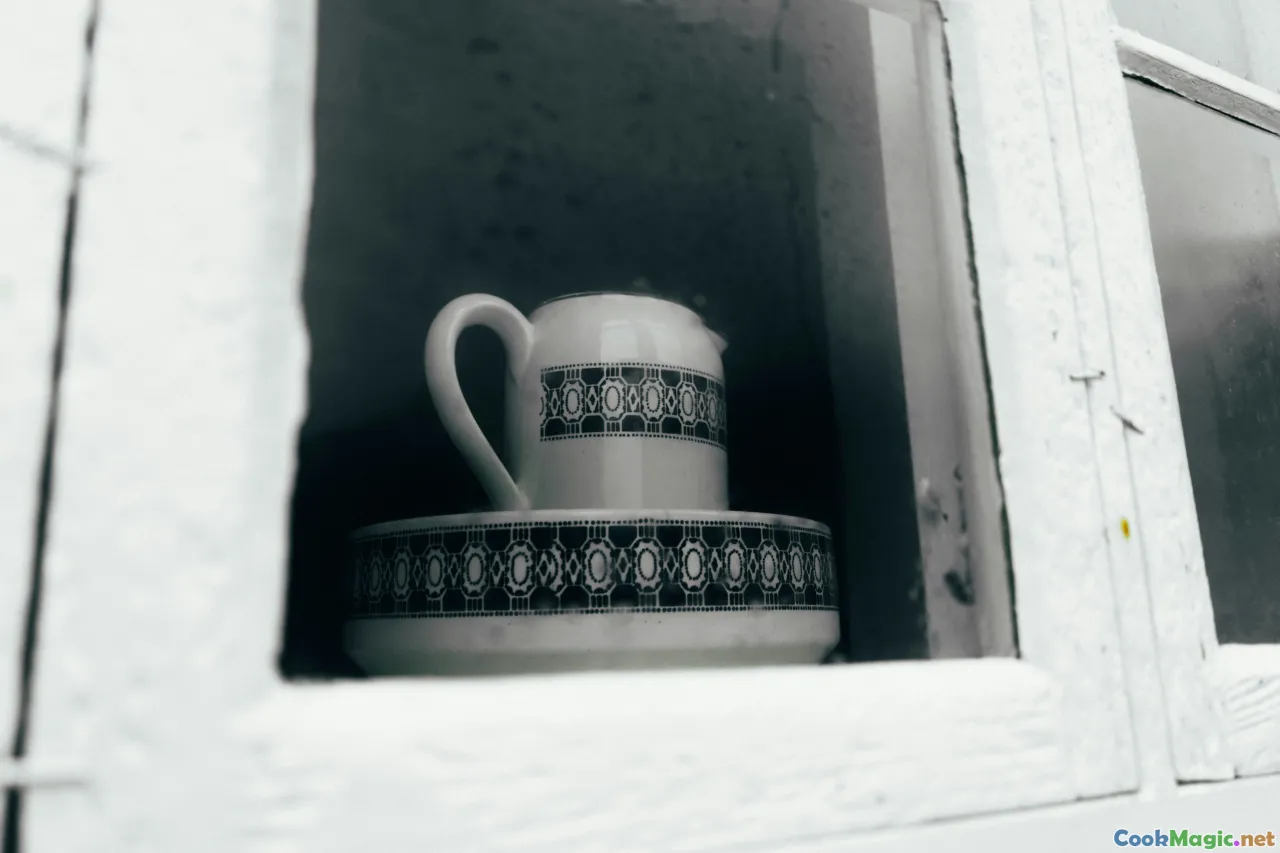
I am not a physician, but I have learned that midnight cooking toggles the body as well as the mind. Carbohydrates—toast, rice, noodles—release insulin, in turn helping tryptophan cross into the brain where it nudges melatonin along. Warm milk isn’t just a myth; the warmth relaxes the gut and mind, and the protein and lactose are soothing. Salt, when not overdone, can satisfy a jangling nervous system that feels unfinished. Too much fat and heavy spice, though, can jostle sleep. Acid is a double-edged friend: it brightens, but excess can spark heartburn.
Beyond chemistry, there’s the emotional science. Smell is a memory archivist with a better system than we have. The whiff of toasted sesame oil will always suggest to me a quiet act of care. The scent of butter browning in a small pan will always bring back my grandmother’s soft-heeled slippers and the way she hummed while flipping roti so the ghee would catch light. Food at midnight writes letters to future you; when you catch their perfume years later, you’re back under the fridge light, the world forgiving and small.
Growing Up and Out: From Child Rituals to Chef Habits

I have cooked professionally since those midnight lessons, and I can trace my work habits to the choreography of the dark kitchen. Mise en place, for instance, makes more sense when you’re not going to fling every drawer open at once. You lay out what you need, put away what you don’t, and clean as if someone is sleeping in the next room—because your future self is.
I think differently about leftovers because of midnight. They aren’t afterthoughts; they are ingredients already halfway to their destiny. Cold roast vegetables can become a midnight tartine with goat cheese in five minutes. A fistful of rice can be rinsed, drained, tossed in a pan with oil, garlic, and a splash of fish sauce, and you’ve got something with a spine. I learned economy not as scarcity but as a style: build a dish around what you have, and use technique as your seasoning.
When I write recipes now, I look for their midnight versions: Can this be halved? Can the steps be quieted? Is there an acid to wake it up; is there a crunch to make it satisfying? The day has big appetites; the night has discerning ones. You cook for both by respecting the night’s refinements.
Tips for Today’s Midnight Cook
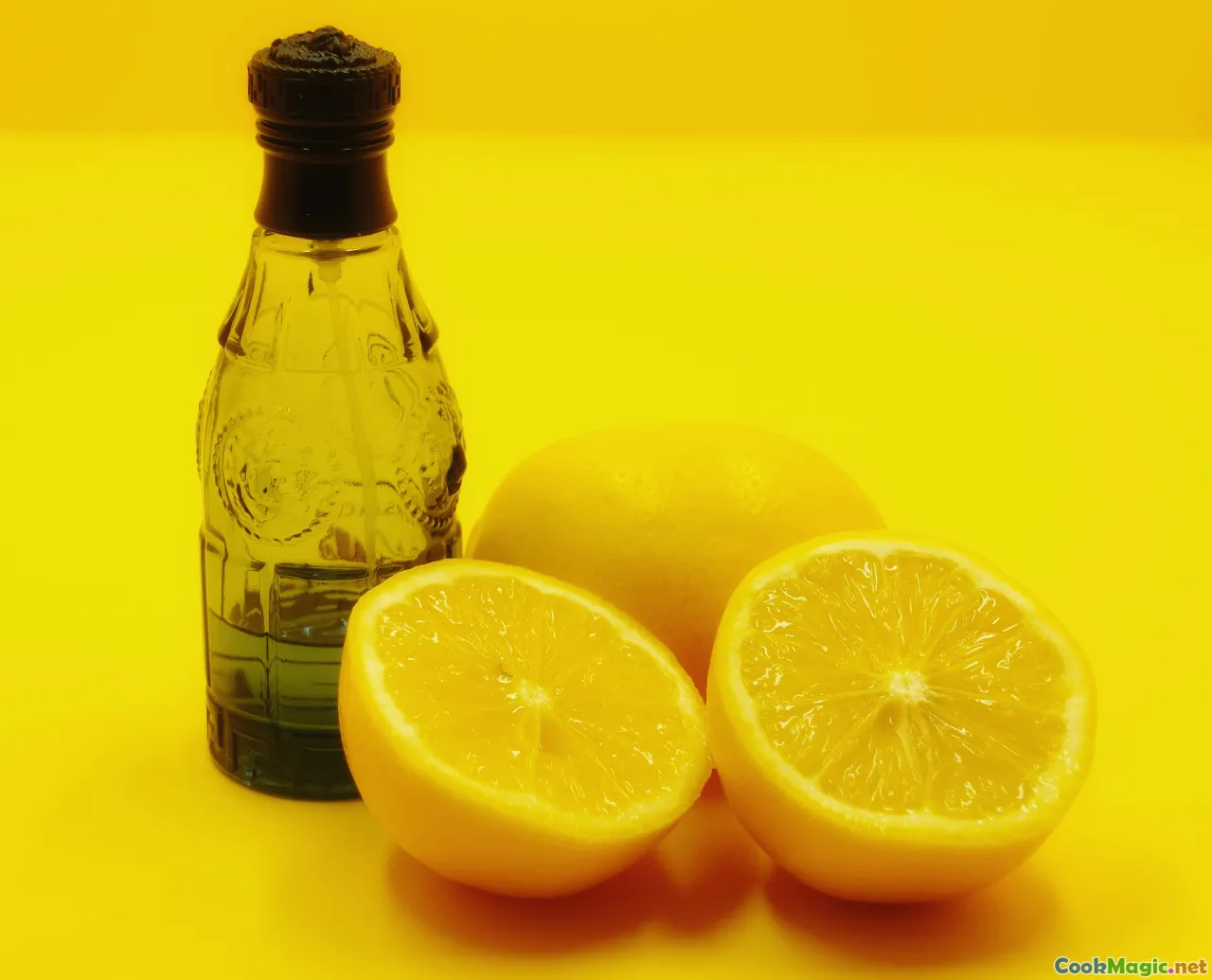
- Prep a midnight shelf. Keep a small tray with a lemon or lime, a salt cellar, a jar of chili crisp, and a little bottle of good olive oil. The tray contains scent, and you can pull the whole thing out in one go.
- Store leftover rice in a flat container. It cools faster, dries evenly, and fries better—the crust will be honest.
- Quiet your cutting board. Dampen a paper towel under it to keep it from slipping and knocking.
- Learn three sauces by heart: soy-sesame-lime, yogurt-lemon-garlic, and butter-lemon-caper. Each turns scraps into supper.
- Keep a small nonstick skillet sacred for eggs. Treat it kindly; it will treat you beautifully at night.
- Freeze bread in slices. Toast from frozen; the edges will crisp before the center goes dry.
- Label leftovers with a date. Midnight wants decisiveness; a Sharpie is faster than guesswork.
- Avoid pungent heat overnight if sleep is precious. Harsh chilies can rattle your gut. Use fragrant heat—black pepper, smoked paprika, ginger—when you want gentle warmth.
- Finish with fresh. A squeeze of citrus, a leaf or two of herb torn by hand, even at midnight, makes all the difference.
The Return to the Fridge Light

Even now, with a professional kitchen at my back and a pantry that could support a small town, I find myself in the dark with the soft square of light floating across my floor. The fridge makes that small, contented hum; the night obliges. I still open jars and sniff them first. I still cut butter into thin petals. I still believe an egg can fix most things, and that rice is a faithful friend.
I am older, so I see the rituals as both practical and ceremonial. Midnight cooking isn’t gluttony; it’s translation. It turns the day’s leftover language into a poem you can understand, quickly, in a warm bowl with a spoon you warmed in the tap so it doesn’t clatter. It remembers who taught you to stand barefoot on cold linoleum and wait for the oil to shimmer; it pays respect by not waking the house. It sharpens your senses and softens your edges, so that when you turn off the light and close the door—thumb on the seal, quiet—you carry heat with you to bed, and the knowledge that the kitchen will be there in the morning, dutiful as ever, waiting to make breakfast out of what midnight left behind.









